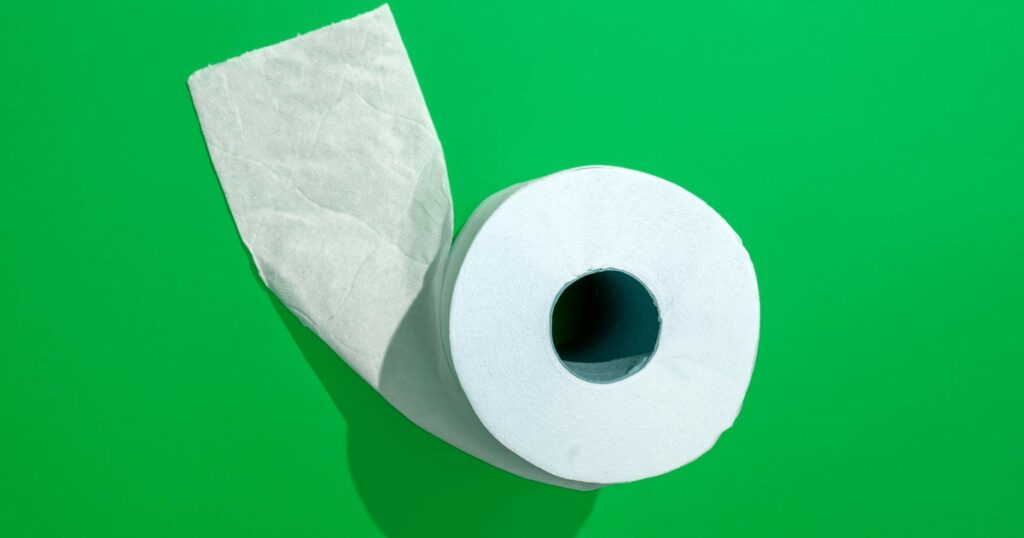🔴 Website 👉 https://u-s-news.com/
Telegram 👉 https://t.me/usnewscom_channel
While most of us wouldn’t want to admit it, we’ve sat on the toilet and had some, uh, trouble, right? Even if you eat plenty of fiber, stay hydrated and move your body regularly, you may have experienced this less-than-ideal circumstance in the bathroom.
If it makes you feel any better, you’re one of many: Constipation is the most common gastrointestinal complaint, leading to 2.5 million doctor visits a year. Plus, 12% of people worldwide have self-reported being constipated, and people in the Asian Pacific and the Americas suffer twice as much as Europeans.
If you identify with those statistics, you’ve probably already tried common go-to treatments, such as taking laxatives and eating more fiber. As useful as they can be, they aren’t as fun as the unexpected pooping hack that physical therapist Karan Rajan shared on Instagram and that others have confirmed: blowing bubbles.
How Blowing Bubbles Can Help You Poop
“What’s going on here is you are engaging the diaphragm and pelvic floor muscles in a way that helps with pushing,” explained Lalitha McSorley, the owner, lead physical therapist and pelvic floor therapist at Brentwood Physio. “It also helps relax your lower abdomen during a bowel movement.”
McSorley continued that the point is not to blow as hard as you can, but to let out a more controlled, gentle exhale. “Think like a long and steady breath that helps you focus on relaxing your pelvic floor,” she added.
For another way to explain how hard to blow: “The force is enough that you want to make it audible, as if you are doing a ‘breathy whistle’ where someone 20 feet away could still hear you,” said Heather Jeffcoat, the owner of Femina Physical Therapy and the most recent past president of the Academy of Pelvic Health Physical Therapy.
So, having a cup of water and a straw isn’t necessary; you can just exhale. But for kids, the bubble option is undoubtedly more enjoyable — and can even be beneficial.
“A cup of water with a straw gives a visual cue and can help make things more fun for kids,” McSorley said. “After all, being constipated isn’t fun and can sometimes be quite painful.”
As mentioned earlier, at-home treatment and preventive options include drinking more water, eating more fiber, using an enema and taking laxatives. You might also just find yourself on the toilet straining, frankly, which is both tempting and, unfortunately, unhelpful. (It can cause hemorrhoids, anal fissures, extra tight muscles down there and — sorry to say — anal leakage.)
So, how does blowing bubbles compare?
“The best program to help with constipation is one that addresses all factors that are contributing to it,” Jeffcoat said. In other words, it’s probably in your best interest not to ignore those tips.
However, this hack has its place, too. “Blowing bubbles teaches your abdominal wall and pelvic floor to work together in a way that helps encourage a bowel movement to happen,” Jeffcoat said. “It prevents something called ‘dyssynergic defecation,’ which is the medical term for your pelvic floor muscles doing the opposite of what they should be doing when you have a bowel movement.”
When More Serious Treatment Is Needed, And What That Entails
As helpful (and interesting) as this tip is, it’s not a foolproof solution — especially not 100% of the time. Keep monitoring any gastrointestinal symptoms.
“If constipation is ongoing, especially if straining is associated with it, you will likely have medical assessments to determine what the specific issues are when you have a bowel movement,” Jeffcoat said.
Other concerns requiring medical attention include pain, discomfort or any kind of bleeding.
Treatment options may include prescription medications, stool testing, bloodwork, biofeedback or a colonoscopy, according to McSorley.
“It’s important to listen to your body,” she continued. “If something doesn’t feel right, you know best … go seek professional advice from your doctor or a pelvic floor therapist.”
